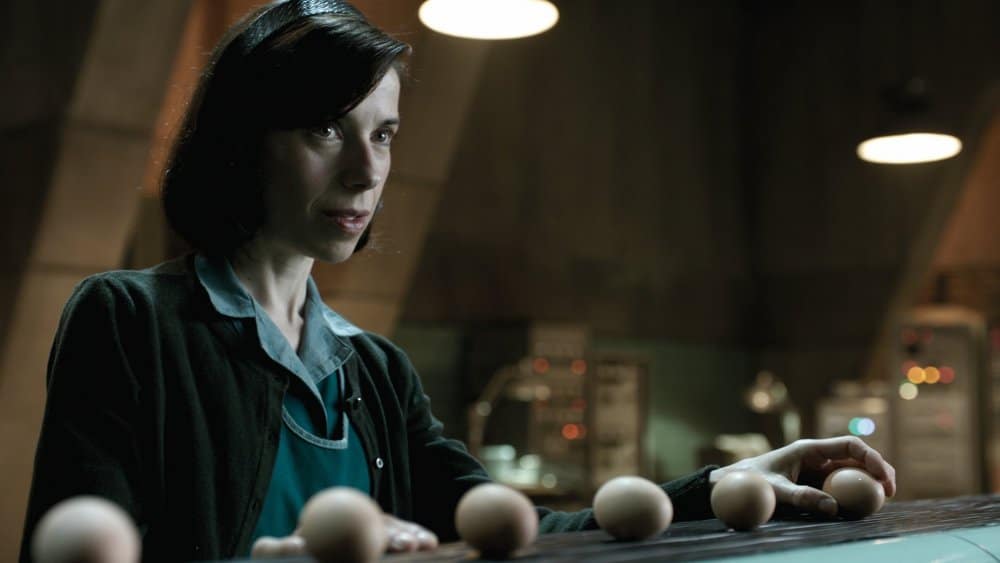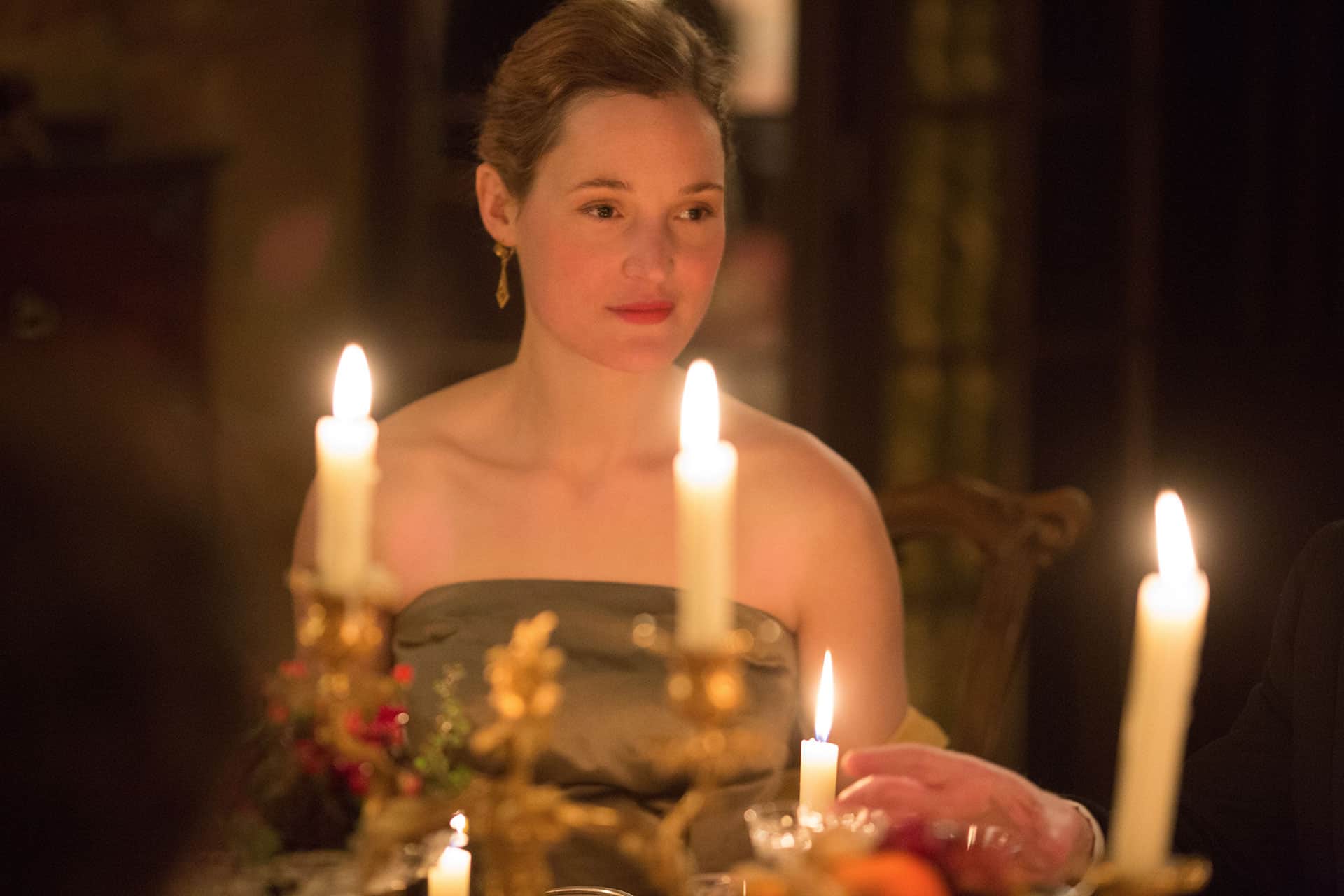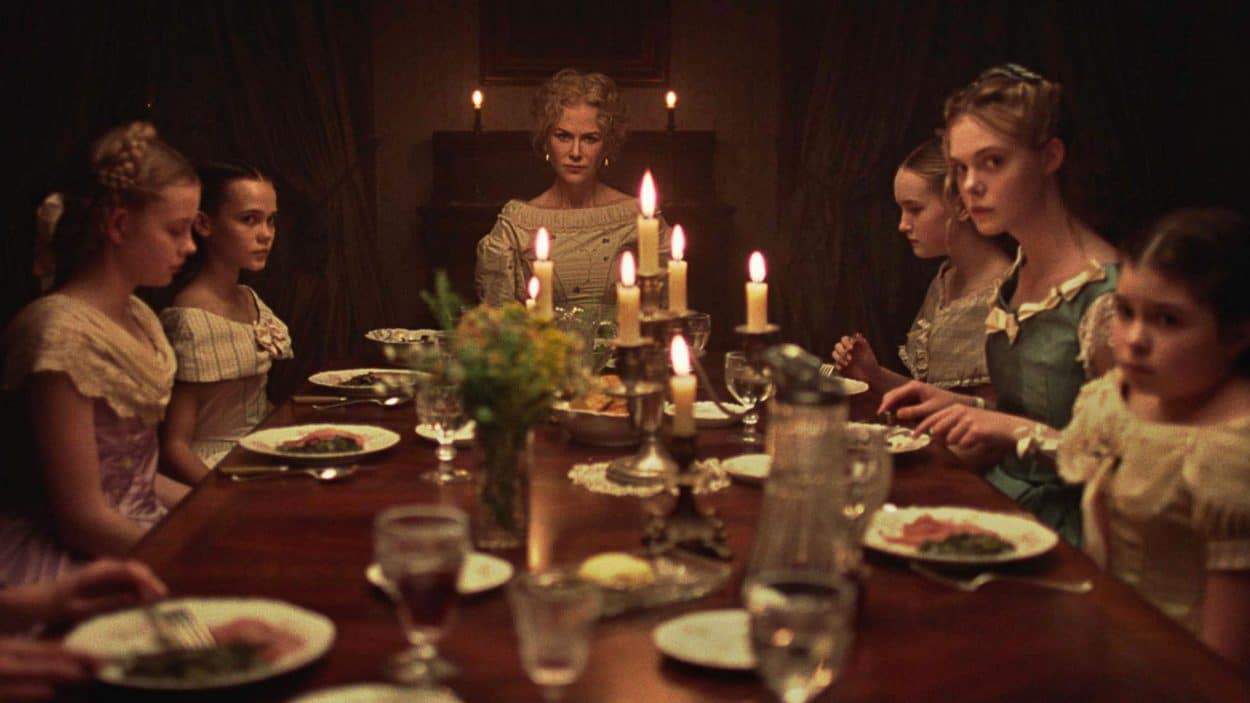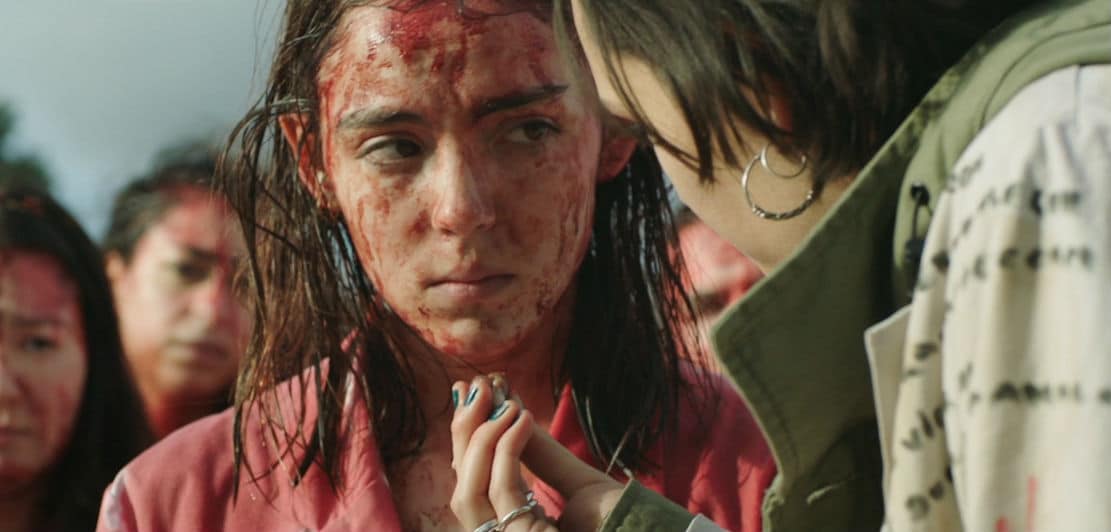By Brad Gullickson
Now, deal ’em up straight – or don’t deal ’em at all.
Melvin Van Peebles was the first filmmaker to prove there were dollars to be had with the African American audience. In 1971, he independently financed Sweet Sweetback’s Badasssss Song when no studio would touch the material. This forced him into a one-man-band scenario, having to produce, script, direct, edit, score, and star in the film. It was a socially political thriller filled with rage against the white hierarchy and would prove to be the template for the Blaxploitation era.
For the next ten years, Hollywood followed in Peebles’ footsteps as a means to fill their pockets. Right on the heels of Sweetback’s was MGM’s Shaft. While that film was well into production when Peebles was shooting Sweetback’s, Shaft’s iconic celebration of cool was originally written for a white hero. Director Gordon Parks cast Richard Roundtree as the title P.I. and Isaac Hayes’ funky soundtrack propelled that film into legend.
Many balk at the label of Blaxploitation. Fred Williamson, who rebuilt his persona throughout this decade, famously rejects this branding whenever a camera is placed in front of him. “Who was being exploited? Not me.” The fact is that Blaxploitation cinema exploits the same stuff that all exploitation movies do – Sex and Violence.
While most films of this era were basic crime stories, you’ll see below that we’ve selected a few oddities as well. Blaxploitation was an eclectic blend of talent and ideas. While mainstream media was desperately promoting the status quo, the filmmakers seen here were tackling the everyday trauma experienced in the community. These films celebrate those willing to fight against our seemingly accepted societal horror.
Across 100th Street (1972)
If I had my own theme music in life, I’d choose the Bobby Womack song of the same name that appears on this movie’s soundtrack. It’s a wonderful song that’s been recycled in movies like Jackie Brown and American Gangster, and when it hits, you know a treat is in store. Speaking of treats, the movie in question here ain’t too bad either, as Yaphet Kotto and Anthony Quinn play a pair of street-smart cops amid a racially tense NYC. The movie opens with a brutal as hell bank heist scene, and from there we’re given a movie that pulls no punches and has a lot of interesting things to say about the era in which it takes place. – Kieran Fisher
The Beast Must Die (1974)
Tom Newcliffe is a millionaire eccentric, avid hunter, and devout believer that one of his acquaintances is a werewolf, so he does what any of us would do in the same situation. He invites the possible suspects to his country estate for the weekend. As expected, a wolf-like creature (it’s a dog) begins killing his guests and winnowing down the pool of possible culprits. Calvin Lockhart as Newcliffe is responsible for injecting the “black” subtext into the film as his wealthy friends are all white (and include Peter Cushing and Michael Gambon). He’s essentially holding them all captive with claims that one of them is a beast, and his efforts are accompanied by a funky, Shaft-like score by Douglas Gamley that feels wholly out of place in a remote British mansion but is there all the same. It’s an oddly fun genre-blender complete with a “werewolf break” where the narrator asks you to solve the mystery. It’s genius. – Rob Hunter
The Big Score (1983)
Fred Williamson stars and directs in this story about narcotics detective Frank Hooks, a cop willing to go to any lengths necessary to bring down his man. Hooks pulls off an elaborate drug bust to capture the head of cocaine ring only to have him get a high priced lawyer and get out on a technicality. As far as Hooks is concerned, this one just got personal. The Big Score came after The Blaxploitation boomer and died down, but you wouldn’t know it. This awesome little title features an all-star list of 70’s genre stars with Williamson sharing the screen with Richard Rountree, John Saxon, D’Urville Martin and the legendary Joe Spinell. Also, worth note is the score from Star Trek composer Jay Chattaway. – Chris Coffel
Black Caesar (1973)
Larry Cohen’s remake of the 1931 film Little Caesar is a standard rags to riches tale about a mobster who rises and falls. It’s a story we’ve seen told a thousand times in crime movies, but the good ones hit the sweet spot, and this is one of the best. Fred Williamson gives what is arguably his best performance as our lead who is hell-bent on taking over the city’s organized crime trade. But as his power and stature grow, he becomes more of a bastard and an overall toxin to the people around him. Their movie also contains a funky James Brown soundtrack that should be considered criminal given its capacity to murder dancefloors. – Kieran Fisher
Black Samson (1974)
“There goes a righteous dude.” Rockne Tarkington is a man of many dashikis. He’s a lion tamer, a street fighter, and a responsible owner of a respectable topless bar. When the mob saturates his neighborhood in smack, Black Samson unites the community against those devils, and the resulting block war is a fist-pumping crowd pleaser. William Smith as the vein popping racist henchman is utterly terrifying in his depravity, and he makes a diabolical foil for Tarkington’s impassioned crusader. Black Samson is an underseen gem of savage villainy versus calm and cool Kendo artistry. – Brad Gullickson
Bone (1972)
You’ll see his Larry Cohen’s name crop up more than once here, and that’s because he makes awesome movies like this gem about a home invader who ends up trying to rob a couple who don’t appear to be as rich as they want the world to believe. He also seduces the wife, because who doesn’t like a bad boy? It’s a masterful directorial debut that boasts some of Cohen’s most biting satire as he tackles themes like racism and class division. Yaphet Kotto plays the home invader, but despite his criminal ways it’s hard to not root for the guy as the people he’s robbing are just downright awful. – Kieran Fisher
Bucktown (1975)
This contemporary Western brings together some of Blaxploitation’s heavyweight stars — Fred Williamson, Pam Grier, Thalmus Rasulala — for the ultimate showdown, and it doesn’t disappoint. Fred the Hammer plays Duke, a tough city slicker who visits a hick town to bury his dead brother and take care of his affairs, only to encounter corrupt cops that want a piece of his late sibling’s action. This forces Duke to call some of his city buddies to clear out the pigs, but they turn out to be just as crooked and greedy as the cracker cops, which leads to some gritty rough and tumble. Bucktown is a movie that could benefit from some well-deserved rediscovery. Hence its inclusion here and the performances by some of the genre’s main players rank among the best of their respective careers. – Kieran Fisher
Coffy (1973)
Coffy Coffin is a nurse who’s sick and tired of seeing young people show up dead or dying from drugs and the violence they attract, and her anger is made personal when her sister becomes one of the unfortunates. Pissed off and armed with guns, attitude, and a penchant for stripping naked Coffy goes on a rampage of revenge. Writer/director Jack Hill sets the story in motion and captures it for all of us to enjoy, but the ride belongs wholly to lead Pam Grier whose energy and personality keep things moving at an exciting pace. From the opening shotgun blast to the head to its even bloodier finale this is an affecting and effective revenge thriller about one person’s quest for justice, and it’s clear how it secured Grier’s stardom onscreen. The action is sharp but messy, the dialogue is fun and quotable, and Coffy is someone we can’t help but root for. – Rob Hunter
Dolemite (1975)
Rudy Ray Moore is bad and mean as the pimp ready to settle the score with the cops and Willie Green! Dolemite may not be the best Blaxploitation has to offer but it may be the most quintessential. From a technical standpoint the film is littered with issues, but those are proudly displayed on screen and help create the film’s charm. Dolemite more than makes up for its issues with attitude, style and sticking it to the man. – Chris Coffel
Five On The Black Hand Side (1973)
Mr. Brooks runs a tight ship both at home and at work, but the seams are starting to show. One son is following leaders of the Civil Rights movement and protesting on the roof, the other is secretly dating a white woman, and his daughter is getting married in an African ceremony complete with tribal outfits. Worse, his wife is done letting him run the household. This early 70s comedy features dialogue, humor, and themes of rebellion against the establishment straight out of far grittier blaxploitation films, but it pairs them all with real warmth emanating from this family towards each other (and away from their jerky patriarch). Plenty of jabs are aimed at whitey and their fellow African Americans alike, and the film’s energy and humor build and move in wonderfully absurd directions while delivering big laughs along the way. Take a break from the hookers, pimps, and blow, and give this joy-filled romp a spin. – Rob Hunter
Friday Foster (1975)
One of the rare comic strip adaptions of the genre, Friday Foster sees Pam Grier’s fashion photographer uncovering a government conspiracy after her lens captures an assassination attempt on the richest black man in America. She partners with Yaphet Kotto’s P.I. and the two chase down Carl Weathers’ hit man. Friday Foster is more of a straight political mystery than a badass body slayer like Coffy or Foxy Brown, but there is no denying the majesty of Grier. After you’ve reached the limit of obsession over her most iconic characters, Friday Foster should be your very next stop. – Brad Gullickson
Hell Up In Harlem (1973)
“I’ve got some funerals to attend.” At the end of Black Cesar, Fred Williamson was gunned down in the street by the murderous agents of whitey. Dead is dead? Naw. Hell Up In Harlem opens with Williamson brushing himself off, stumbling into a hospital, and – all better. The original film is a rudimentary retelling of The Godfather that excels thanks to Williamson’s undeniable charisma. This sequel though? Daaaaammmnn. Forget Don Corleone, Hell Up in Harlem is its own brutal and beautifully weird beast. You’ve got pimps vs. ninjas, a long island scuba assault team, and what might be the longest distance fist fight ever as it takes a whole cross-continental flight for The Hammer to satisfy a beatdown. – Brad Gullickson
JD’s Revenge (1976)
While Blaxploitation films are mostly known for taking the basic elements from your standard crime drama and rebranding them with a primarily black cast, JD’s Revenge was one of the early efforts to take that same concept and give it a horror twist. Glynn Turnman stars as Isaac Hendrix, a young law student in New Orleans well on his way to success. While out with friends one evening, Isaac is a volunteer during a hypnosis act and is hypnotized. The fun and games quickly coming crashing down as Isaac is possessed by the spirit of 1940’s gangster JD Walker. Turnman gives a fantastic performance in which he essentially plays dual roles. – Chris Coffel
Penitentiary (1979)
Leon Isaac Kennedy stars as Martel “Too Sweet” Gordone, a good kid hitchhiking across America when he ends up in the wrong place at the wrong time. After being involved in a brawl that leaves one man dead, Too Sweet ends up taking the fall and is sent to prison where he competes in a boxing tournament with the prison’s toughest inmates. While all Blaxploitation films tackle social issues head on, this one is part of the rarer breed that does so with a serious and gritty tone. In many ways Penitentiary created the template for later films like Boyz N The Hood and Menace II Society. – Chris Coffel
Sheba, Baby (1975)
Pam Grier is an icon and the face of Blaxploitation. Anything she touched in the 70’s was absolute gold and Sheba, Baby is no exception. Grier stars as Sheba Shayne a private detective working in Chicago. After her father’s business is attacked by a group of hoods she returns home to Louisville to settle the score. The film co-stars D’Urville Martin in one of his best roles as the baddie Pilot and features one of the best car wash scenes to ever appear in cinema. – Chris Coffel
Slaughter (1972)
After his parents are murdered by the mob, Jim Brown’s badass cop leaves the badge behind and descends into the hell of Mexico to take down the demons responsible. Part Dirty Harry, part Death Wish, all Jim Brown. Slaughter is an exceptional example of tough cop cinema. Of course, every hero needs a great villain, and Slaughter fills that order grotesquely with Rip Torn’s rat-faced hitman. Even when he knows better, he cannot help but spit venom and hate. Torn would rather die in the a wreckage of gasoline and flames then say one last nice word. The rest of the film is peppered with a perfect supporting cast: Stella Steven’s mafioso playmate, Don Gordon’s sideburns sidekick, and Norman Alfe’s confusingly afraid kingpin. An exceptional collection of oddballs, and a leading man of total cool and confidence separate Slaughter from the rest. – Brad Gullickson
The Spook Who Sat By The Door (1973)
The CIA has begun recruiting black Americans, but while the plan is to limit their actual access and responsibilities one new agent has a different agenda. He plays along, does well, and secretly organizes an underground militia armed and trained through connections and ideas he forms at the CIA. Then they begin striking back against America. This is a terrific action/drama that I can’t help but think terrified more than a few people back in the 70s with the mere thought that its themes might catch on in the real world. It takes the black uprising seriously, and while there are action beats the film’s focus feels more operational in its approach to exploring a tactical war. It’s highly engaging but ends far too soon. – Rob Hunter
Tales From The Hood (1995)
An act of police brutality is avenged from beyond the grave, an abusive stepfather gets his comeuppance, a racist senator is targeted by a voodoo-powered doll, and a gangster unmoved by the collateral damage of his actions learns a harsh lesson about black on black violence. Horror anthologies are a weakness of mine, and this one’s approach to genre beats complete with black characters and observations on the black experience is well deserving of far more attention. Writer/director Rusty Cundieff delivers thrills, gore, and laughs with style and memorable visuals. It works beautifully as a straight horror film (again, with laughs), but it’s raised up through its social commentary and criticisms of our ongoing status quo as a nation. Seek it out before the recently announced sequel gets released. – Rob Hunter
Trouble Man (1972)
Robert Hooks is Mr. T, a poolhall fixer hired by Paul Winfield to prevent a ring of thieves from knocking over his clandestine poker game. Of course, things are not what they seem, and T is framed for a killing he did not commit…and proceeds to commit plenty of other killings to get to the bottom of the inner city mystery. Robert Hooks is the coolest cat on the planet. Every line of dialogue is delivered with icy confidence. Men want to be him, and women want to be with him. I’m sure men would take a shot too if T swung that way. Earnest as hell, Trouble Man has no room for your irony. Criminally underrated, if you want to understand the appeal of blaxploitation then look no further. And as The Falcon in The Winter Soldier already knows, the Marvin Gaye soundtrack is stellar. – Brad Gullickson
Truck Turner (1974)
Isaac Hayes is perhaps most famous for gracing the iconic Shaft soundtrack with his soulful voice — it’s the musical equivalent of a warm hug — but he was a fine actor as well. In this movie, he plays the titular character and spends the majority of the time chasing down suckas and avoiding assassins who have been employed by Dorinda (Nichelle Nichols), a vengeful widow who is also a pimp. It’s a simple story, sure, but Hayes also spends a substantial portion of the movie shirtless, showing off his glorious gut. That’s art in its purest form right there and I want to be like Truck when I grow up. – Kieran Fisher
The article 20 Blaxploitation Films to Close Out Black History Month appeared first on Film School Rejects.








 With the Oscars coming up this weekend, we gathered some highlights from an in-depth conversation with five of this year’s most-lauded directors.
With the Oscars coming up this weekend, we gathered some highlights from an in-depth conversation with five of this year’s most-lauded directors.









